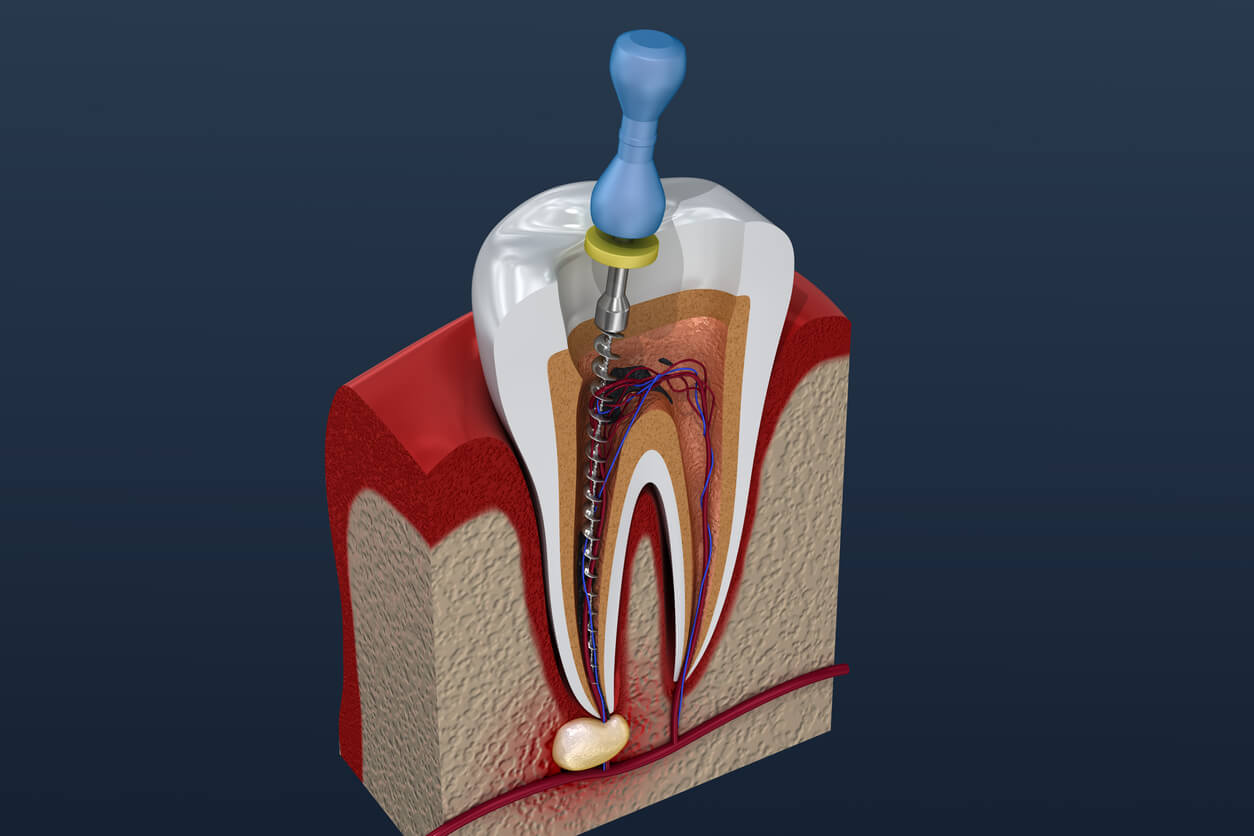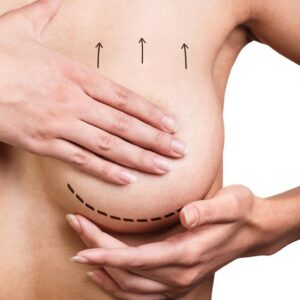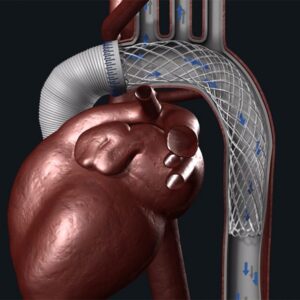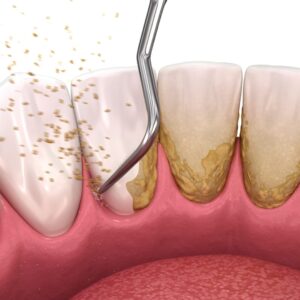Description
Familiarity with Treatment
A pulpotomy is a dental procedure that involves the removal of a portion of the pulp tissue from the crown of a tooth. It is typically performed on primary (baby) teeth or young permanent teeth with infected or inflamed pulp. The goal of a pulpotomy is to preserve the tooth and maintain its functionality.
Who is it Suitable for?
Pulpotomy is suitable for individuals, especially children, who have primary teeth with extensive decay or trauma that has resulted in pulp inflammation or infection. It is also performed on young permanent teeth with reversible pulpitis, where the pulp can still heal and regenerate.
Who is it Not Suitable for?
Pulpotomy may not be suitable for individuals with certain systemic diseases, uncontrolled diabetes, chronic liver disease, chronic kidney disease, or certain blood disorders due to potential postoperative complications. Additionally, individuals with psychological illnesses or those who are pregnant may not be suitable candidates for this procedure.
Advantages
- Allows for the preservation of primary teeth, which are important for proper chewing, speech development, and maintaining space for permanent teeth.
- Relieves pain and discomfort associated with infected or inflamed pulp.
- Promotes healing and regeneration of the remaining healthy pulp tissue.
Complications
- Postoperative pain, swelling, and discomfort may occur, especially if the tooth had significant infection or complications prior to the pulpotomy.
- In rare cases, the tooth may not respond to the pulpotomy procedure, requiring further treatment such as a root canal or extraction.
Preoperative Care
Before undergoing a pulpotomy, a comprehensive assessment of the affected tooth is performed by a dental professional. This may involve a review of the patient’s medical history, evaluation of any existing dental conditions, and the use of imaging techniques (such as X-rays) to assess the extent of pulp involvement. Preoperative care may also involve discussing the treatment plan, potential risks, and expected outcomes with the dental professional.
Postoperative Care
After a pulpotomy, postoperative care may involve managing pain and discomfort, as well as following specific instructions provided by the dental professional. This may include taking prescribed medications, practicing good oral hygiene, and attending follow-up appointments to monitor the healing process. It is important to follow any dietary restrictions or recommendations provided by the dentist to ensure proper healing.






Reviews
There are no reviews yet.